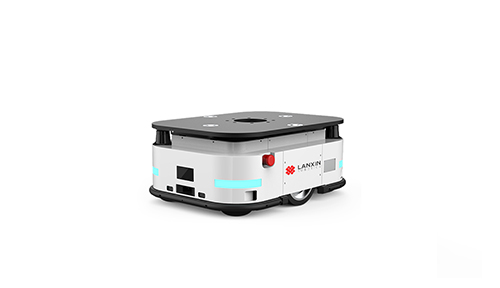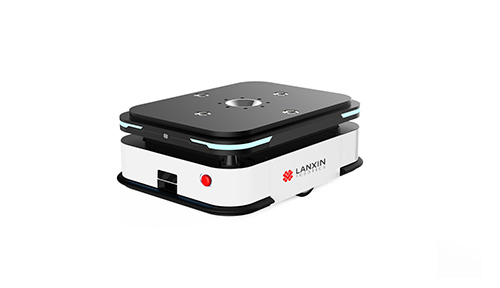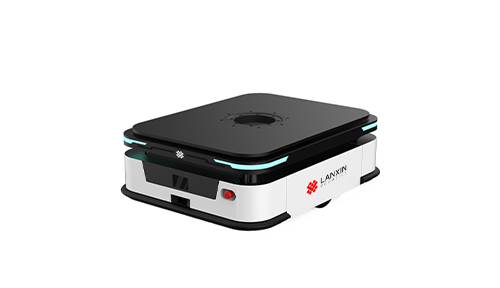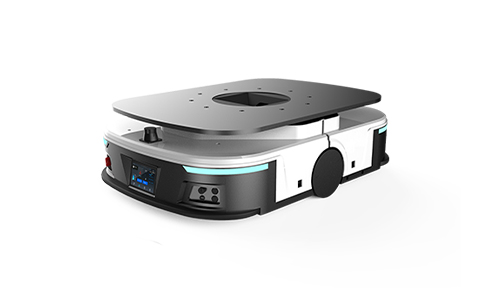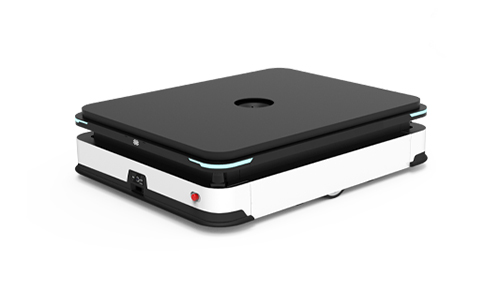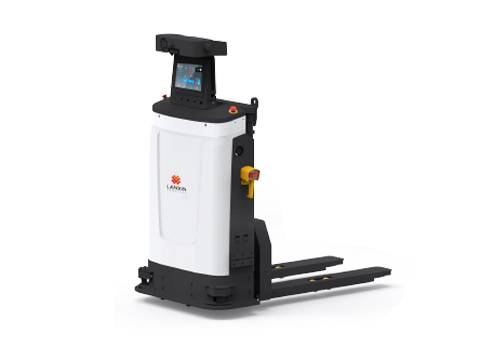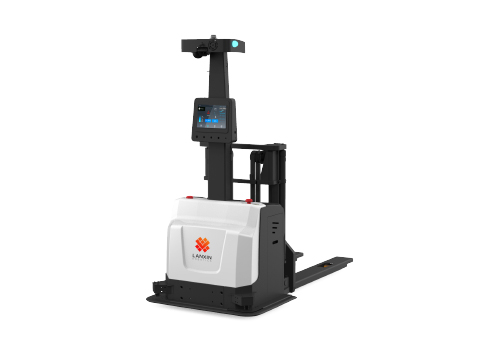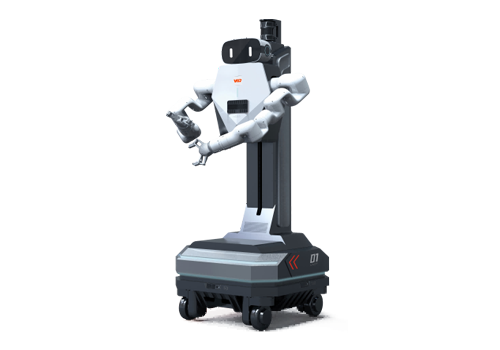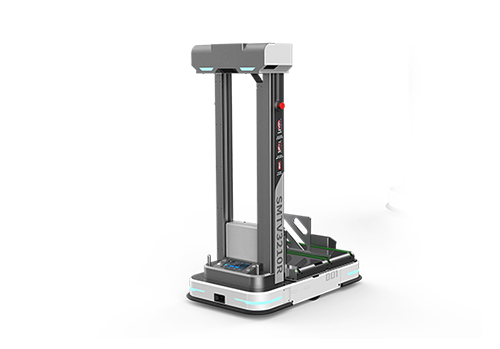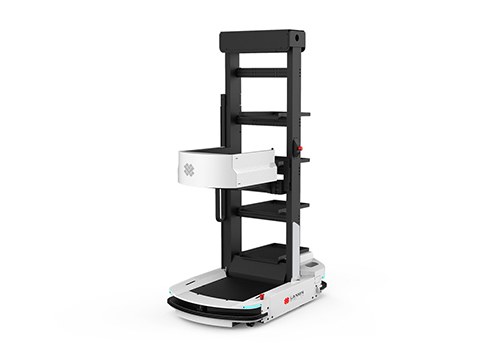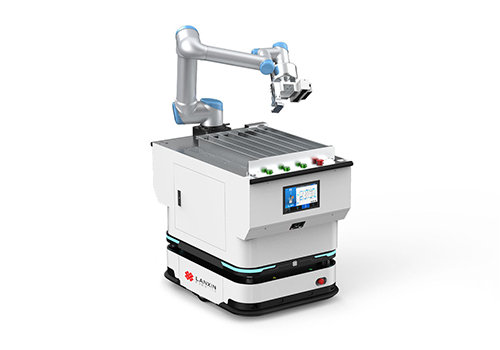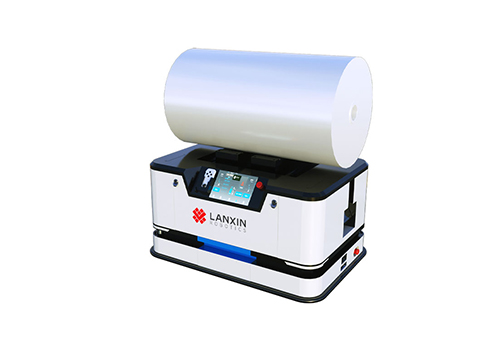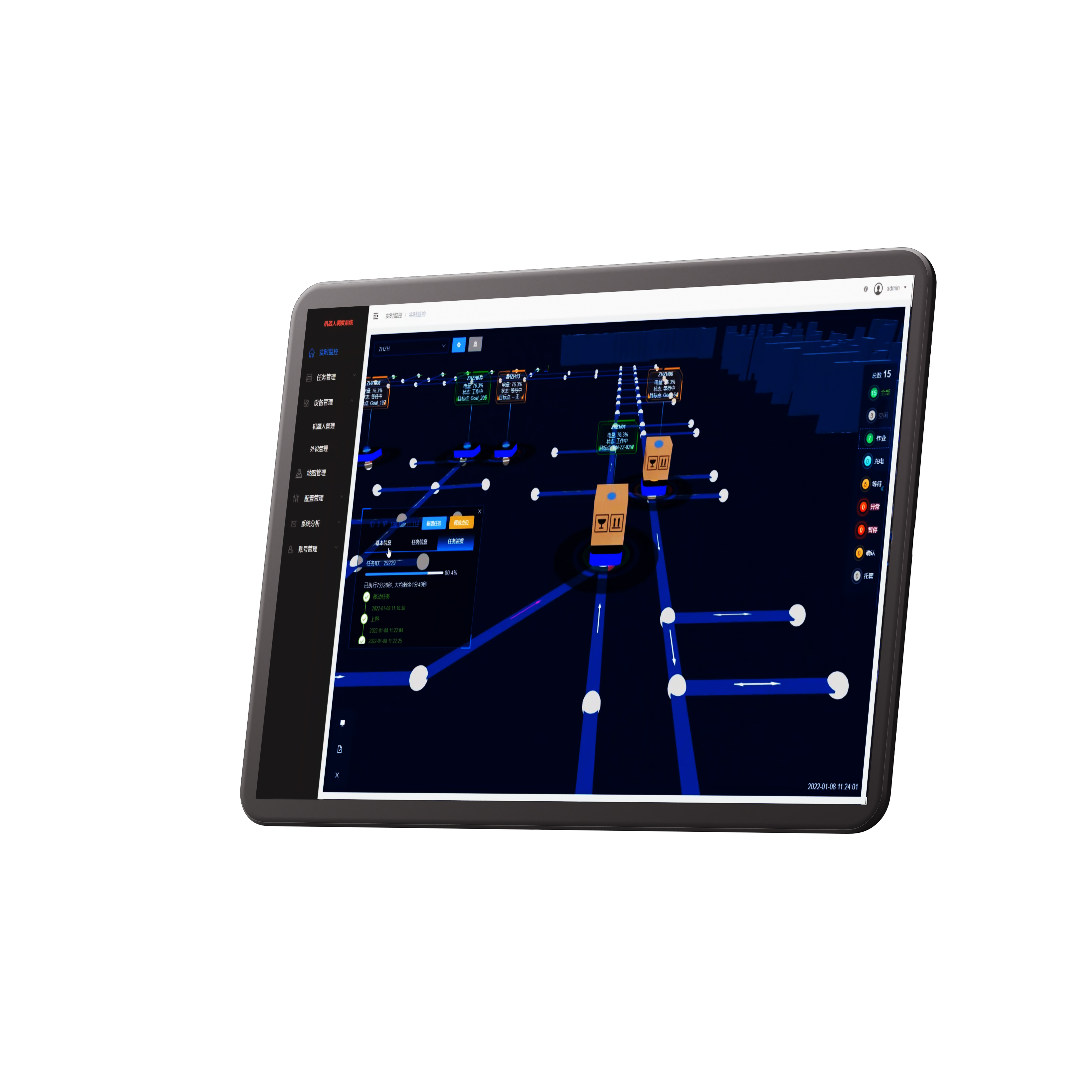VMR-FR3300L
In 1996, laser-guided AGVs were introduced to China, and over the following decades, with the continuous advancement of laser technology, laser navigation has become one of the mainstream navigation methods in the industry. AMR solutions based on laser SLAM navigation have been implemented in various scenarios.
Compared to laser SLAM navigation mobile robots, which have matured over the years, visual SLAM holds significant advantages in scene adaptability, especially in challenging environments such as complex and dynamic scenes and spacious production environments.
In complex and dynamic environments where the positions of goods are constantly changing and there are few fixed reference points, mobile robots using laser SLAM solutions face difficulties in reliable positioning due to the ever-changing contours resulting from frequent entries and exits of goods.
In large and spacious workshops with steel structural columns and wide column spacing, laser SLAM navigation mobile robots may experience sparse point clouds from laser scans. The lack of effective positioning reference points reduces the reliability of the robot's positioning.
In contrast, visual SLAM navigation captures surrounding images through a depth camera mounted on the robot, generating dense point cloud maps. The collected environmental information is rich enough that local changes in the environment do not affect the robot's positioning, providing high scene adaptability.
Taking the warehousing scenario of a large contract manufacturing enterprise in China as an example, the company owns a warehouse with over 3000 storage locations. Goods enter and exit frequently, and pallets and goods are constantly changing with no fixed reference points. Additionally, the robot might encounter workers and cardboard boxes left in the aisles. To maintain overall aesthetics and deployment convenience, the customer prefers not to use QR codes on the floor.
In this situation, the options for the company were limited, with only laser SLAM and visual SLAM AGVs as viable choices. However, for mobile robots using laser SLAM, achieving reliable positioning in a constantly changing environment is challenging. Ultimately, the company chose Lanxin Technology's visual SLAM AGV solution.
Lanxin Technology's visual SLAM AGV integrates the company's 3D visual positioning navigation, 3D visual docking, and 3D visual obstacle avoidance technologies.
For positioning navigation, the AGV adopts a 3D visual SLAM solution. It uses a depth camera to collect information about the unmarked three-dimensional environment, generating dense point cloud maps. This information is then correlated with the actual position of the robot to achieve autonomous positioning navigation. Its advantages include reliability and stability unaffected by people/vehicles/logistics, adaptability to large changes in the scene without being influenced by indoor layout adjustments or changes in the placement of goods, and high precision of approximately +/-1cm in general environments.
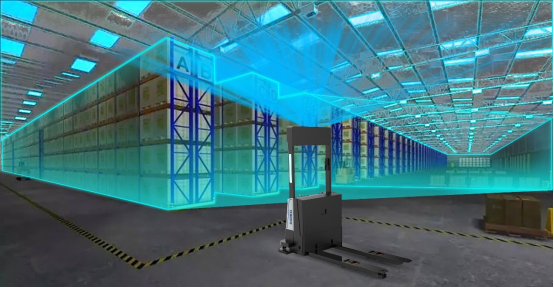
For pallet docking, the AGV uses a 3D visual docking solution. Using a self-developed docking camera to capture images and generate point cloud maps of the pallet, combined with Lanxin's visual perception algorithm, the system calculates the deviation value of the pallet, guiding the AGV to automatically adjust its pose and approach direction for successful pallet retrieval.

In addition, the visual SLAM AGV also employs a 3D visual obstacle avoidance solution. The obstacle avoidance camera can detect hanging obstacles and low obstacles within the field of view, ensuring the safety of the robot's movement.

Empowered by Lanxin Technology's LX-MRDVS deep vision system for mobile robots, the visual SLAM AGV provides the enterprise with a comprehensive smart unmanned warehousing logistics solution that fully meets the project requirements.
Contact Us
Lanxin Technology, 7-802,
China Artificial Intelligence Town,
No.1818-2 Wenyi West Road,
Hangzhou, Zhejiang, China
marketing@lanxincn.com
Popular Products
Cases
Industry

